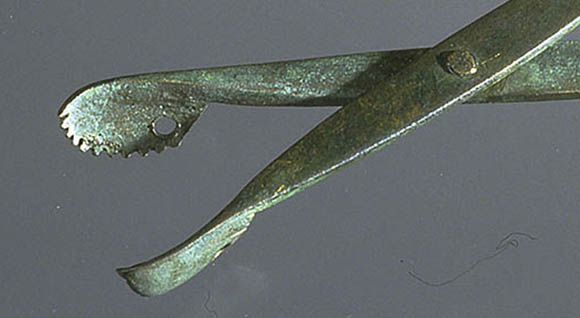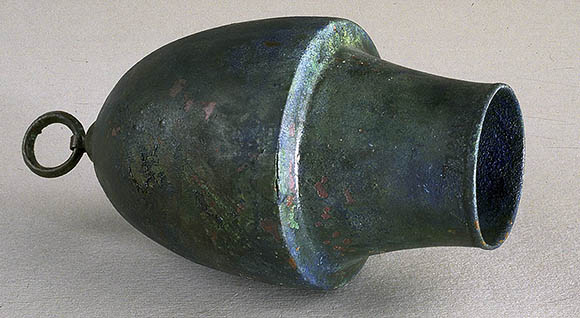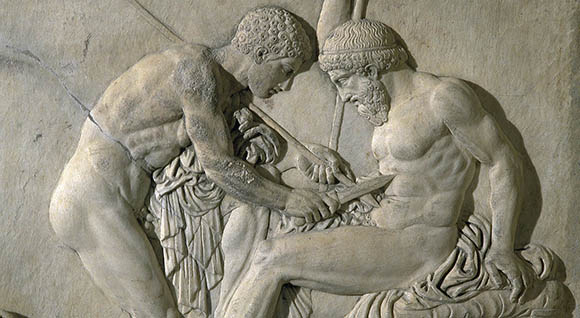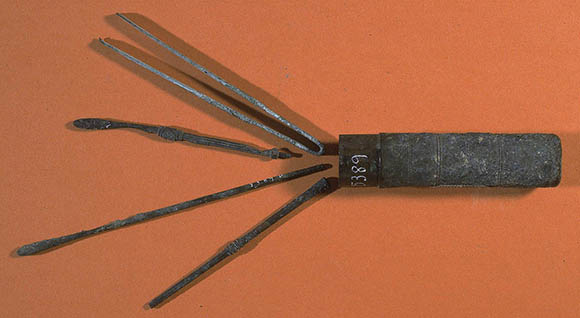3. Medicine and surgery
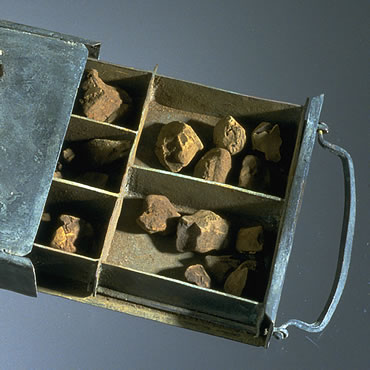
Literary sources attest to the strong, direct influence of the organic, mature medical knowledge of the Greeks on early Roman medical practices.
Illness was treated in Rome with substances gathered from medicinal herbs and plants, while lesions, traumas, and tumors were the responsibility of surgeons.
In Pompeii, a number of different houses have revealed a variety of surgical instruments made of bronze and copper.
The first doctors in Rome came from Greece, where the study and practice of medicine had reached an advanced level. Greek medicine became a fundamental basis for Roman medical practice, which culminated in the treatise of Celsus.
The Roman pharmacopoeia was based on herbs as well as animal and mineral products. In the earlier periods doctors prepared medicines themselves, going into the field to find herbs or acquiring them from specialist shops. The preparation of their prescriptions was an operation which became more and more complex, and was eventually transferred to specialist laboratories furnished with the necessary expertise and equipment.
Lesions, deformities, and physical deteriorations were the object of surgical intervention, which was accomplished with a variety of instruments. At Pompeii numerous examples of these have been found, providing eloquent proof of the common practice of surgery.
Roman surgeons were trained to conduct many operations: birth by caesarian section, crystalline lens removal in case of cataracts, dental treatment, and trapanation of the cranium. The procedures to treat dislocations and limb fractures were also well known and effective.


